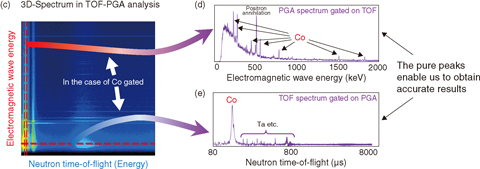
Fig.4-4 Spectra obtained by conventional methods

Fig.4-5 Spectra obtained by TOF-PGA
Nondestructive analysis allows us to reuse a specimen as it is after a measurement and yields analytical results with little or no extra work, such as chemical separation processes. Thus, nondestructive analysis is preferred in fundamental research and applied technology, both of which are often used to investigate scientifically important or high-value specimens. However, qualitative information from nondestructive analysis is not enough in some cases, especially for samples that have complex elemental compositions (Fig.4-4). Therefore, a technological breakthrough in nondestructive analysis is needed in many fields of scientific research and industry.
Prompt γ-ray analysis (PGA) and time-of-flight elemental analysis (TOF) are known as rapid and efficient nondestructive analytical tools. The TOF method is formally called neutron resonance capture analysis. In both the PGA and TOF methods, a sample is irradiated with a neutron beam and γ-rays are emitted from neutron-capture reactions. Thus, these two methods are similar. PGA requires the use of a germanium (Ge) detector with a high γ-ray energy resolution, even though it has a relatively slow response time. On the other hand, a scintillation detector, such as C6D6, is usually used in TOF due to its good time resolution. If PGA and TOF could simultaneously be conducted with one detector, synergy is expected as well as simultaneous acquisition of PGA and TOF spectra. Specifically, the simultaneous measurement can be used to quantify element concentrations in samples that neither the TOF nor PGA methods can be applied to.
The Accurate Neutron-Nucleus Reaction Measurement Instrument (ANNRI) is located at beamline No. 04 at the Materials and Life Science Experimental Facility (MLF) of the Japan Proton Accelerator Research Complex (J-PARC). We developed a new analytical method (TOF-PGA) that combines PGA and TOF by using an intense pulsed neutron beam at ANNRI, a Ge detector system with a high detection efficiency, a high-speed data-acquisition system, and effective neutron shields. This method offers correlation between the PGA and TOF methods; thus, the TOF-PGA spectrum has three dimensions. Analysis of this spectrum by gating on the PGA (or TOF) peaks enables elimination, or at least significant suppression, of overlapping γ-ray events and provides correspondingly more accurate results (Fig.4-5).
The TOF-PGA method will be an irreplaceable tool for many fields, including radioactive waste management, cosmochemistry, archeology, geochemistry, and environmental science.